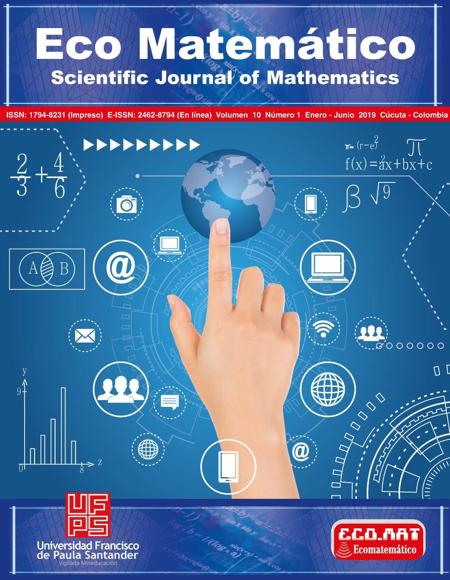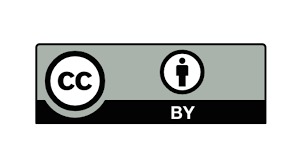An Approach to the Goldbach Conjecture
Una aproximación a la Conjetura de Goldbach
Main Article Content
One of the mathematical problems that seems to be very true, but lacks a demonstration, is Goldbach's conjecture posed since 1742.The present article makes a critical analysis, where several proposals for its solution were compiled, with a unified language and nomenclature to make it accessible to the scholar of mathematics. It is a historical and exploratory research of qualitative type that concludes with a holistic vision, that allows to identify the most relevant attempts of demonstration of the Goldbach Conjecture, this way it is tried to stimulate the student to develop his research capacity towards the Mathematics, evidencing: the possible methods of investigation in the area, the appearance of theories and the new challenges for the mathematicians. Here, attempts of demonstration from the theory of prime numbers were presented, in the search of formulas that describe all the primes, an attempt that has never been achieved. Demonstrations that make use of the probability with which prime numbers appear, which again are elusive to be pigeonholed. Logic was used in another of the attempts presented here, again without the expected success. Divide and conquer" was perhaps what Ricardo G. Barca thought in the attempt presented here, but he missed some of it. Following Polya's idea, it is a question of solving by following the path that has given solutions to other problems by means of a heuristic approach, but without achieving it.
Downloads
Article Details
Bravo, César & Ojeda Uresti, Juan. (2006) ¿Es la conjetura de Goldbach?, Revista de cultura científica de la facultad de ciencias de la Universidad Nacional Autónoma de México.
Euler, Leonard (1742). Carta de respuesta a Christian Goldbach. Matematico y fisico suizo.
Goldbach, Christian. (1742). Carta a Leonhard Euler. Matemático de Prusia.
Guevara Bravo, J. César y Ojeda Uresti, Juan. (2006). ¿Formuló Goldbach la conjetura de Goldbach? Ciencias 81, enero-marzo. p. 74.
Gonzales, E. (2013). Acerca del estado de la cuestión o sobre un pasado reciente en la investigación cualitativa con enfoque hermenéutico. Unipluriversidad, 13(1), 60- 63.
Hernández, I. (2012). Investigación cualitativa: una metodología en marcha sobre el hecho social. Revista Rastros Rostros, 14(27), 57-68.
Jiménez, Rafael, Gordillo, Jorge & Rubiano, Gustavo. (2004) Teoría de Números para principiantes. Bogotá: Pro-offset. p. 1
Jiménez, Rafael, Gordillo, Enrique & Rubiano, Gustavo. (2004). Teoría de Números para principiantes. 2ª edición. Facultad de ciencias. Universidad Nacional de Colombia. Colombia. pág. 75.
Newton, Isaac. (1676). Carta a Robert Hooke. Matemático inglés.
Niño Rojas, Francisco. (2006). Sobre la Conjetura de Goldbach. Universidad Industrial de Santander Colombia. Recuperado de http://repositorio.uis.edu.co/jspui/bitstream /123456789/7247/2/119393.pdf.
Peral Manzo, Mario. (2007). Replanteamiento de la Conjetura de Goldbach. Universidad Pedagógica Nacional, México.
Rueda, M. (2007). La investigación etnográfica y/o cualitativa y la enseñanza en la universidad. Revista Mexicana de Investigación Educativa, 12(34), 1021-1041.
Tesoro, Rafael. (2011). Sumando primos ¿Hay tres sin dos? Universidad Autónoma de Madrid, España. Recuperado de http://www.uam.es/personal_pdi/ciencias/fchamizo /posgrado/mastertesoro.pdf.
Vinogradov, Iván. (1937) El Teorema de Vinogradov. Rusia.
Zaldivar, Felipe. (2006). Introducción a la teoría de grupos. Sociedad matemática Mexicana México: Reverte. p. 6 -12.







